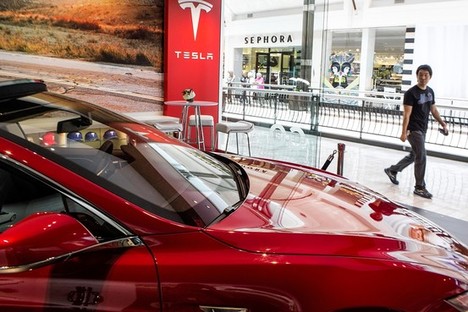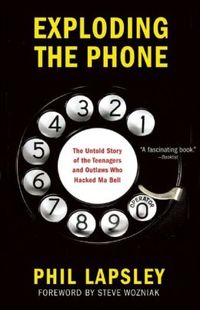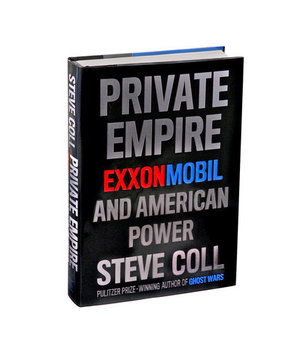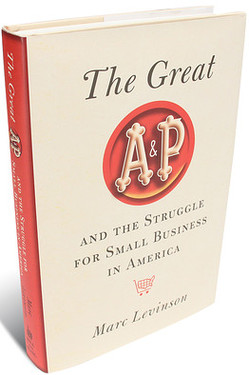 “Tesla ‘galleries’ such as this one in McLean, Va., can show but not sell cars.” Source of caption and photo: online version of the WSJ article quoted and cited below.
“Tesla ‘galleries’ such as this one in McLean, Va., can show but not sell cars.” Source of caption and photo: online version of the WSJ article quoted and cited below.
(p. B1) RALEIGH, N.C.–Elon Musk made a fortune disrupting the status quo in online shopping and renewable energy. Now he’s up against his toughest challenge yet: local car dealers.
Mr. Musk, the billionaire behind PayPal and now Tesla Motors Inc., wants to sell his $70,000 Tesla electric luxury vehicles directly to consumers, bypassing franchised automobile dealers. Dealers are flexing their considerable muscle in states including Texas and Virginia to stop him.
The latest battleground is North Carolina, where the Republican-controlled state Senate last month unanimously approved a measure that would block Tesla from selling online, its only sales outlet here. Tesla has staged whiz-bang test drives for legislators in front of the State House and hired one of the state’s most influential lobbyists to stave off a similar vote in the House before the legislative session ends in early July.
The focus of the power struggle between Mr. Musk and auto dealers is a thicket of state franchise laws, many of which go back to the auto industry’s earliest days when industry pioneer Henry Ford began turning to eager entrepreneurs to help sell his Model T.
Dealers say laws passed over the decades to prevent car makers from selling directly to consumers are justified because without them auto makers could use their economic clout to sell vehicles for less than their independent franchisees.
For the full story, see:
MIKE RAMSEY and VALERIE BAUERLEIN. “Tesla Clashes With Car Dealers; Electric-Vehicle Maker Wants to Sell Directly to Consumers; Critics Say Plan Violates Franchise Laws.” The Wall Street Journal (Tues., June 18, 2013): B1-B2.





